Sock material -- cotton | Cotton
Usually we prefer to wear socks made of pure cotton, but is pure cotton 100% cotton? In fact, there is no 100% cotton sock. If a pair of socks is made of 100% cotton, then the socks will have no elasticity at all. The sock mouth needs to be woven very wide to fit in. It can be imagined how unfashionable these socks are. Socks made of 100% cotton have a very high shrinkage rate, which is not firm and durable. 100% cotton socks are not called cotton socks, but cotton. Generally, socks with more than 75% cotton content can be called "all cotton socks". Generally, socks with 85% cotton content are very high-grade cotton socks. Other functional fibers should be added to keep the elasticity, fastness and comfort of socks. Polyester, spandex and nylon are very common functional fibers.
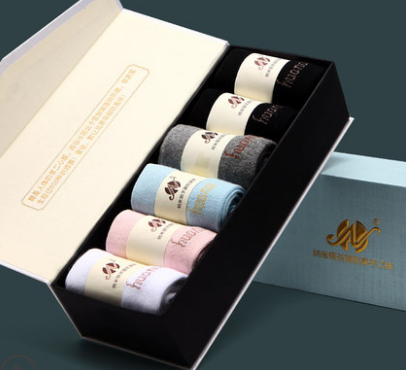
Sock material combed cotton | Combed Cotton
Combed cotton is a long and neat cotton fiber left after the shorter fibers in ordinary cotton fibers are removed by a machine called comber. Due to the removal of short cotton fibers and other fiber impurities, the yarn spun from combed cotton is more delicate, and the handle of the finished product is more smooth and comfortable.
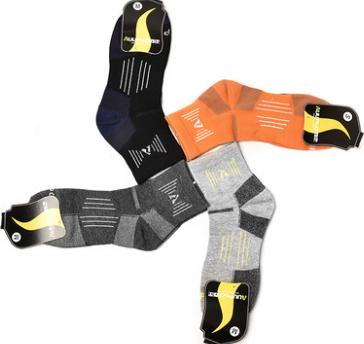
Socks material - mercerized cotton | Mercerized Cotton
Mercerized cotton is a kind of cotton fiber that has been mercerized in concentrated alkali solution. This kind of cotton fiber has better glossiness (shinier, like silk), smoother feel and less wrinkling than ordinary cotton fiber without changing other physical indexes. The material of mercerized cotton is often seen in thin socks in summer.
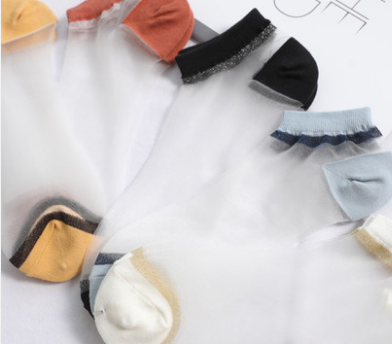
Sock material - spandex | Spandex
Spandex is commonly known as elastic fiber, which has high elasticity and strong scalability. Its stretching length can reach 5-7 times of the original fiber. Textile products added with spandex can always maintain the original contour. The components of socks must contain spandex to make the socks elastic and retractable, easy to wear, and make the socks more close to the feet. Like swimming suits, they can tightly wrap the feet without slipping.

Socks material -- nylon | Jinlun/Polyamide
Nylon is the name of a synthetic fiber with Chinese characteristics. Its scientific name is Polyamide. The first synthetic fiber in China is Jinzhou Chemical Fiber Factory, so it is named "Nylon". Nylon is similar to nylon in nature. It is strong and wear-resistant, and is the most wear-resistant and sturdy of synthetic fibers. The weight is very light and the elasticity is good. Adding nylon in the socks can keep the high strength elasticity
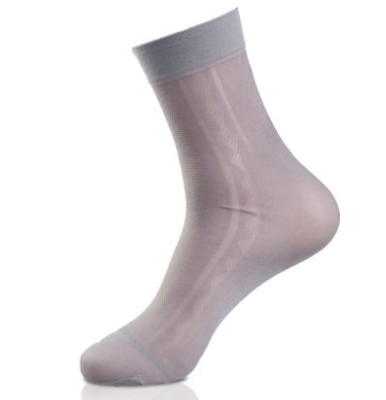
Sock material -- nylon | Nylon
Nylon is developed by American scientists (Carothers) and a research team led by them. It is the first synthetic fiber in the world. The appearance of nylon makes textiles take on a new look. Its synthesis is a major breakthrough in synthetic fiber industry, and also an important milestone in polymer chemistry.
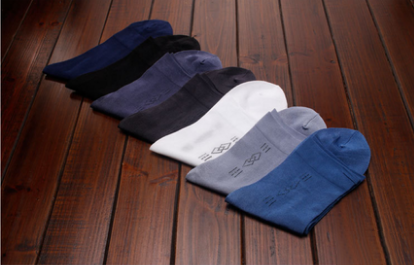
Sock material -- polypropylene | Polypropylene
Polypropylene fiber is a name with Chinese characteristics, actually it should be called polypropylene fiber. Because there is a word "C" in the name, and they used to be called XX fiber, so they are called polypropylene fiber. The biggest advantage of polypropylene fiber is light texture, but its own moisture absorption is very weak, almost no moisture absorption, so the moisture regain is close to zero. However, its wicking effect is quite strong, and it can transfer water vapor through the fibers in the fabric, which also means that the socks containing polypropylene fiber have a very strong sweat wicking function. And because the strength of polypropylene fiber is very high, wear-resistant and tensile resistant, the components containing polypropylene fiber are often seen in sports socks.